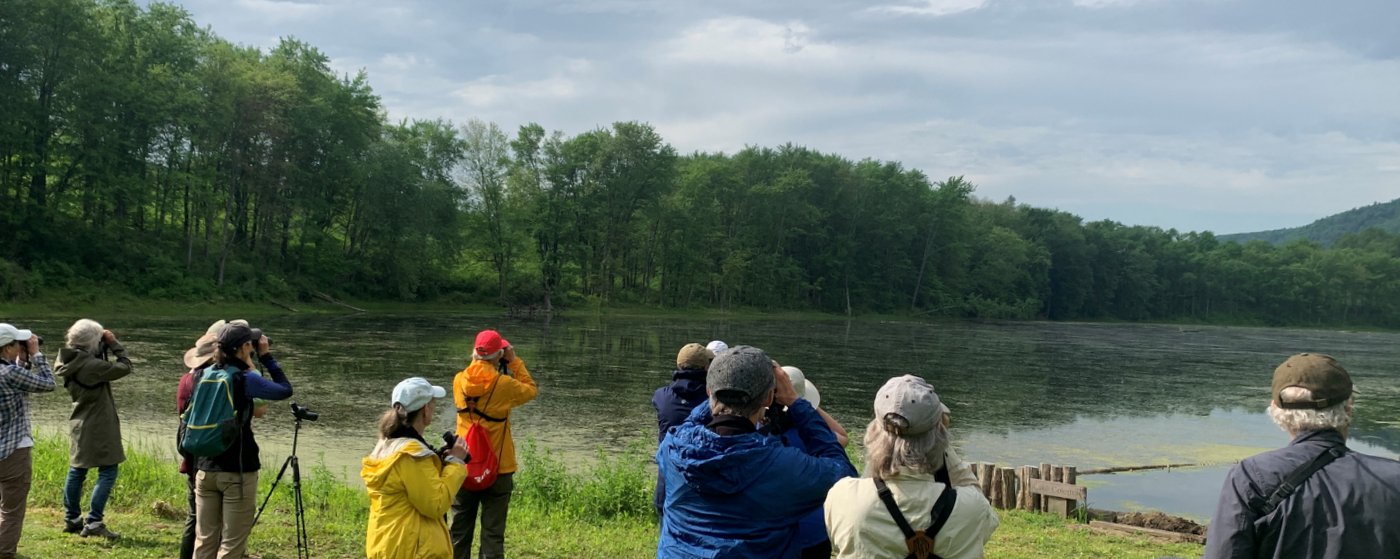Best Spots in the Finger Lakes for Biodiversity
There is no shortage of natural areas in the Finger Lakes region, although, for the acute observer of living things, there are some locations that rise above the rest. In addition to great trails, these spots offer a chance to slow down and contemplate the wonders of nature: annual bird migrations, diverse plants and trees, fascinating insects, and much more. So for all you nature lovers out there, including experts, beginners, and people of all ages, check out this list of special places chosen by the staff at the Finger Lakes Land Trust.
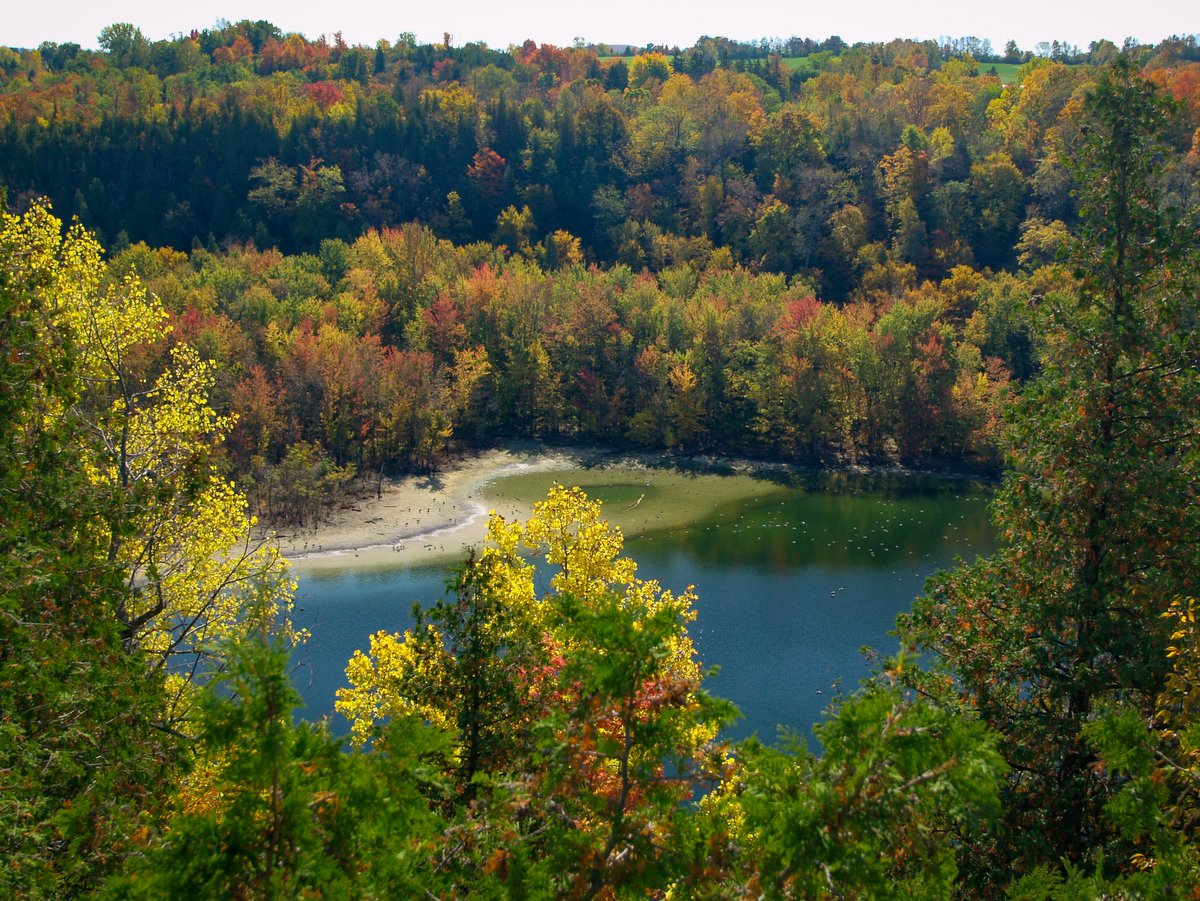
Clark Reservation State Park
Roughly 340 acres in size, Clark Reservation State Park packs in a great deal of botanical and geological diversity in a small footprint. Aside from the stunning geological significance of the park, an equally impressive and diverse species of plant life make this park literally a wild botanical garden. Hundreds of flowering plants, 80 species of trees, 100 types of moss, and, most notably, 26 species of ferns are all observable along the nearly six miles of interconnected loop trails.
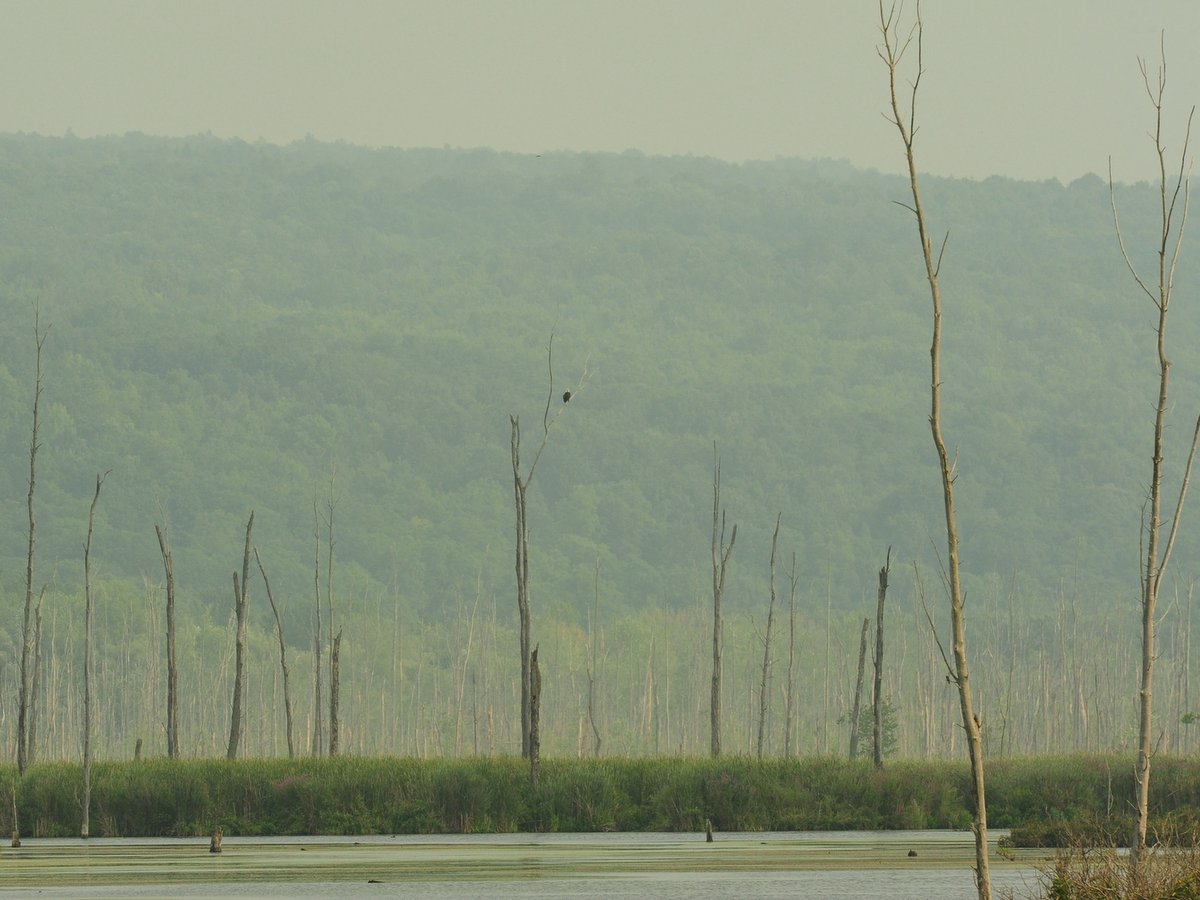
Conesus Inlet Wildlife Management Area
The Conesus Inlet Wildlife Management Area is 1,120 acres of broad, flat floodplain nestled between two glacially steepened hillsides. Its marshland habitat is a favorite stopover for numerous species of migratory birds, but the marsh is a rich habitat and bird watching opportunities, as well as other wildlife viewing, abound throughout the year. To cap it off, Bald Eagles have been nesting within the area and can be seen fishing the lagoon.
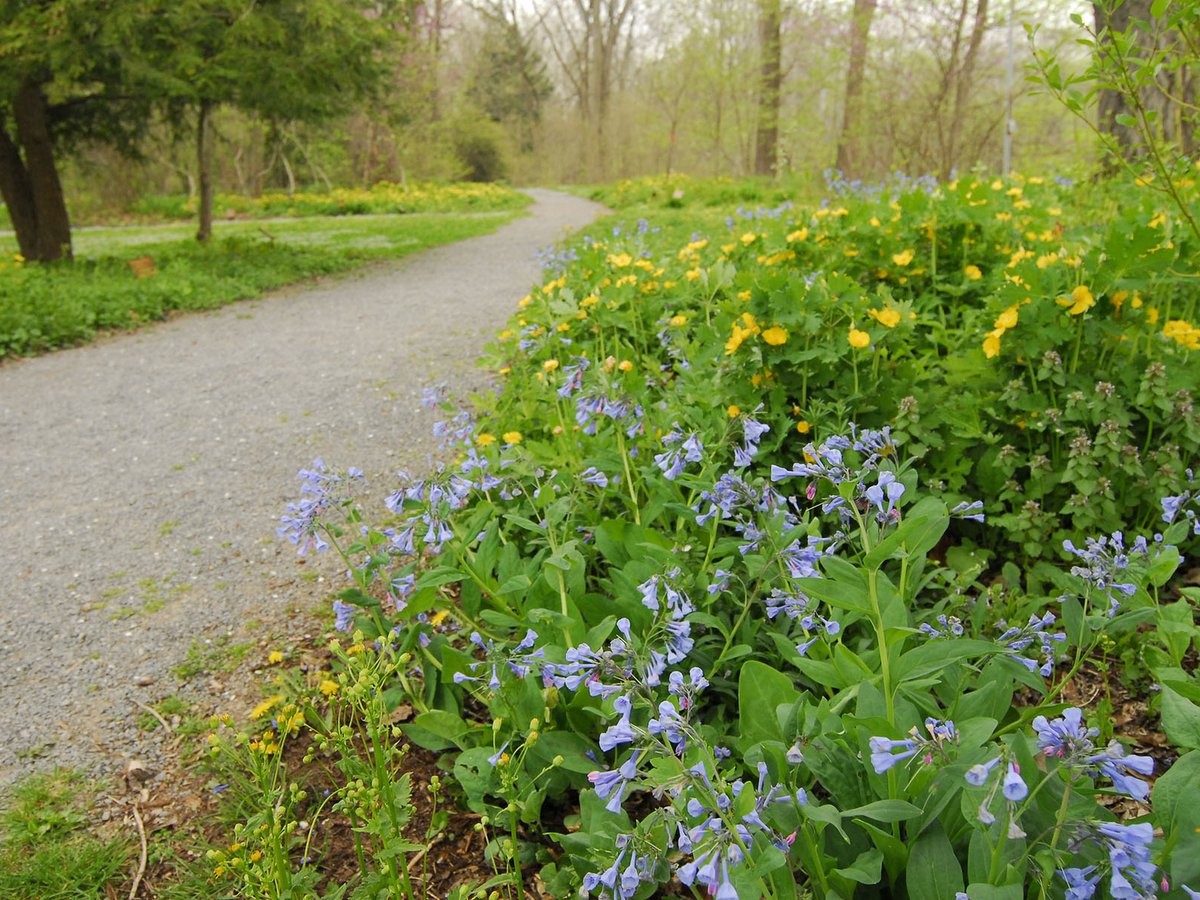
Cornell Botanic Gardens
The Botanic Gardens moniker covers not only the 35-acre gardens nestled in the center of the Cornell University campus but also includes the adjoining F.R. Newman Arboretum and over 3,500 acres of natural areas. Among the 35-acre gardens are twelve specialty gardens, each focusing on a different botanical feature such as wildflowers or rock plants. Adjoining the gardens is the 150-acre F.R. Newman Arboretum which features paved paths and seven different tree collections: conifers, flowering crabapples, oaks, maples, walnuts, urban trees, and chestnuts.
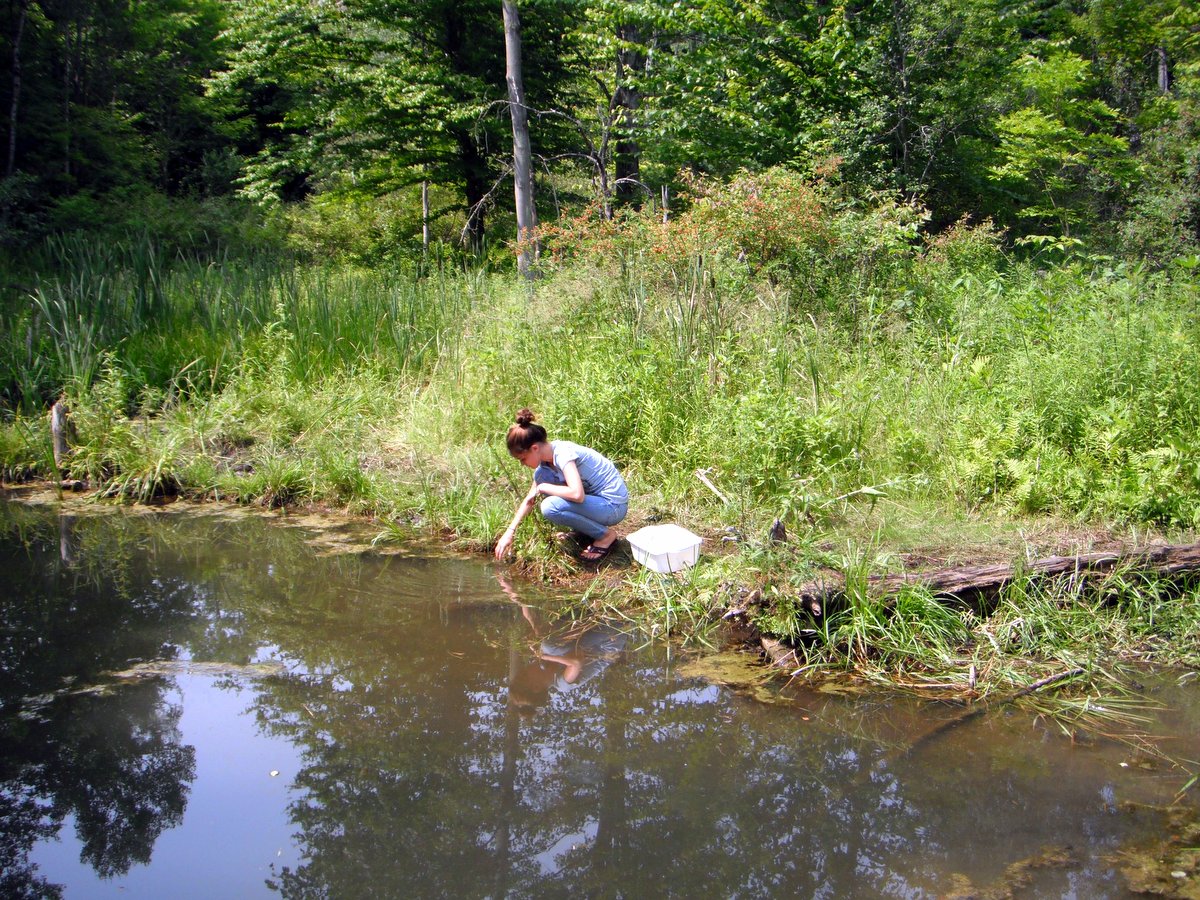
Lime Hollow Nature Center
What’s in a name? Well, the aptly named Lime Hollow Nature Center derives its title not from the citrus fruit, but rather from its unique and highly calciferous soil composition. Before modern soil additives, marl, a whitish muddy mix of clay and lime, was highly sought after to sweeten the soil. As might be surmised, Lime Hollow is home to several marl ponds. These unique marl ponds owe their existence to two separate, but equally formative stages of New York’s geological history.
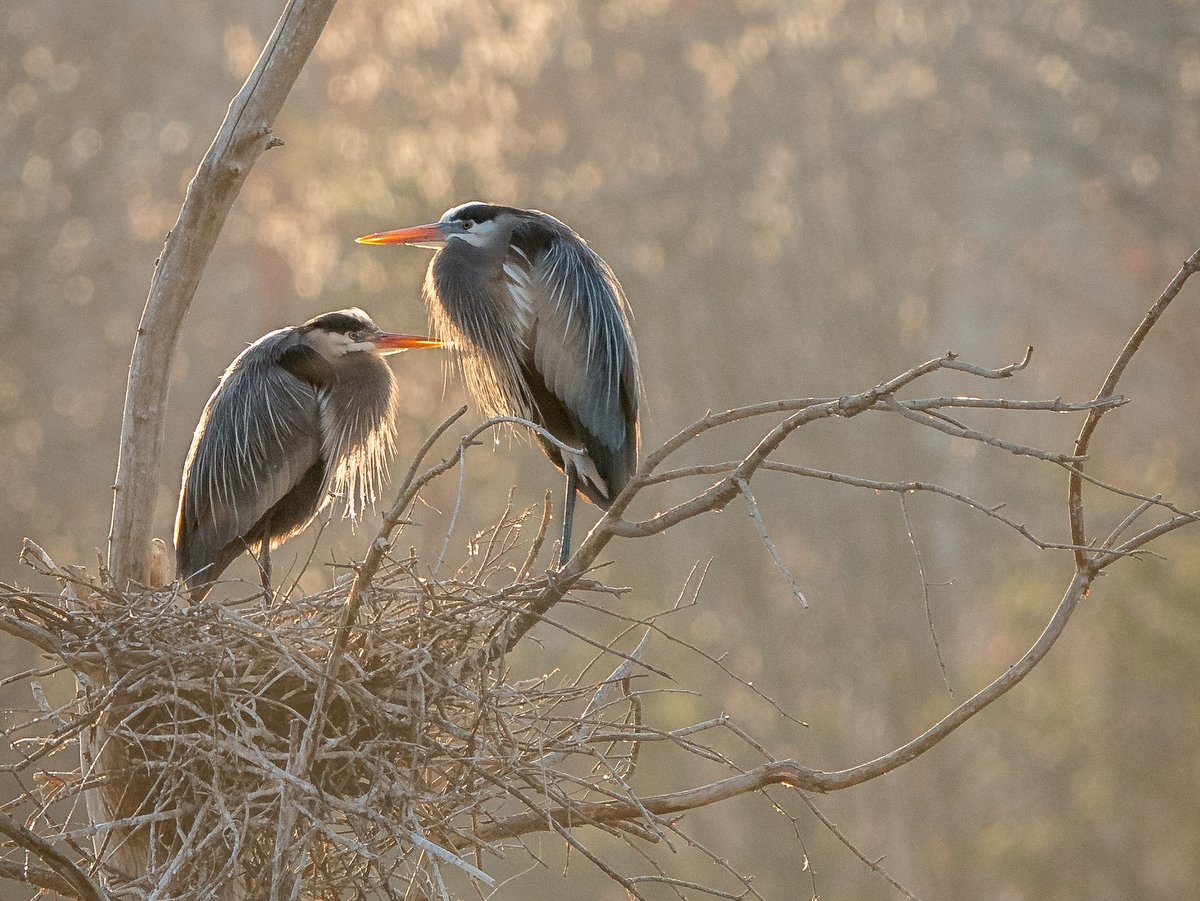
Lindsay-Parsons Biodiversity Preserve
The Lindsay-Parsons Biodiversity Preserve consists of 537 acres of lakes, forests, meadows, brushland, gorges, streams and wetlands. The diverse habitats found in the preserve are home to an equally diverse variety of flora and fauna. A wetland overlook offering plenty of wildlife viewing opportunities can be found across the street from the main parking area on Sylvan Lane. The wetlands here are home to river otters, Great Blue Herons, Kingfishers, and many other creatures.
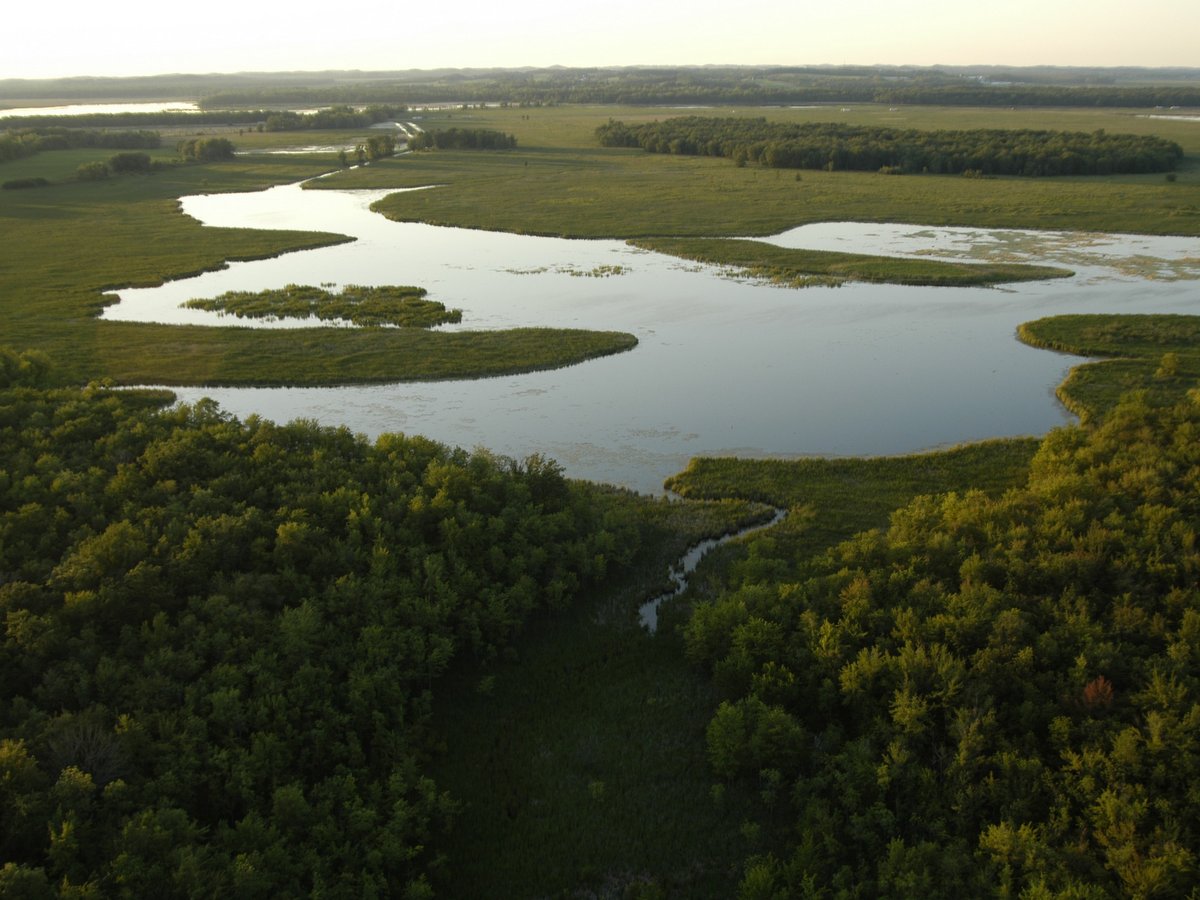
Montezuma National Wildlife Refuge
The Montezuma National Wildlife Refuge, along with other protected areas within the Montezuma Wetland Complex, makes up one of the largest bird sanctuaries along the Atlantic Flyway in the northeast. The refuge not only supports local habitats but also provides destination habitats as well, playing a crucial role in global ecology. Nearly a million birds, including Northern Pintail, dowitchers, and widgeons utilize the refuge during migration.

